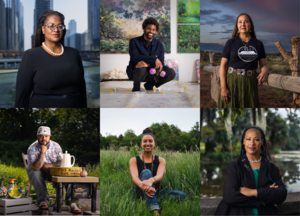
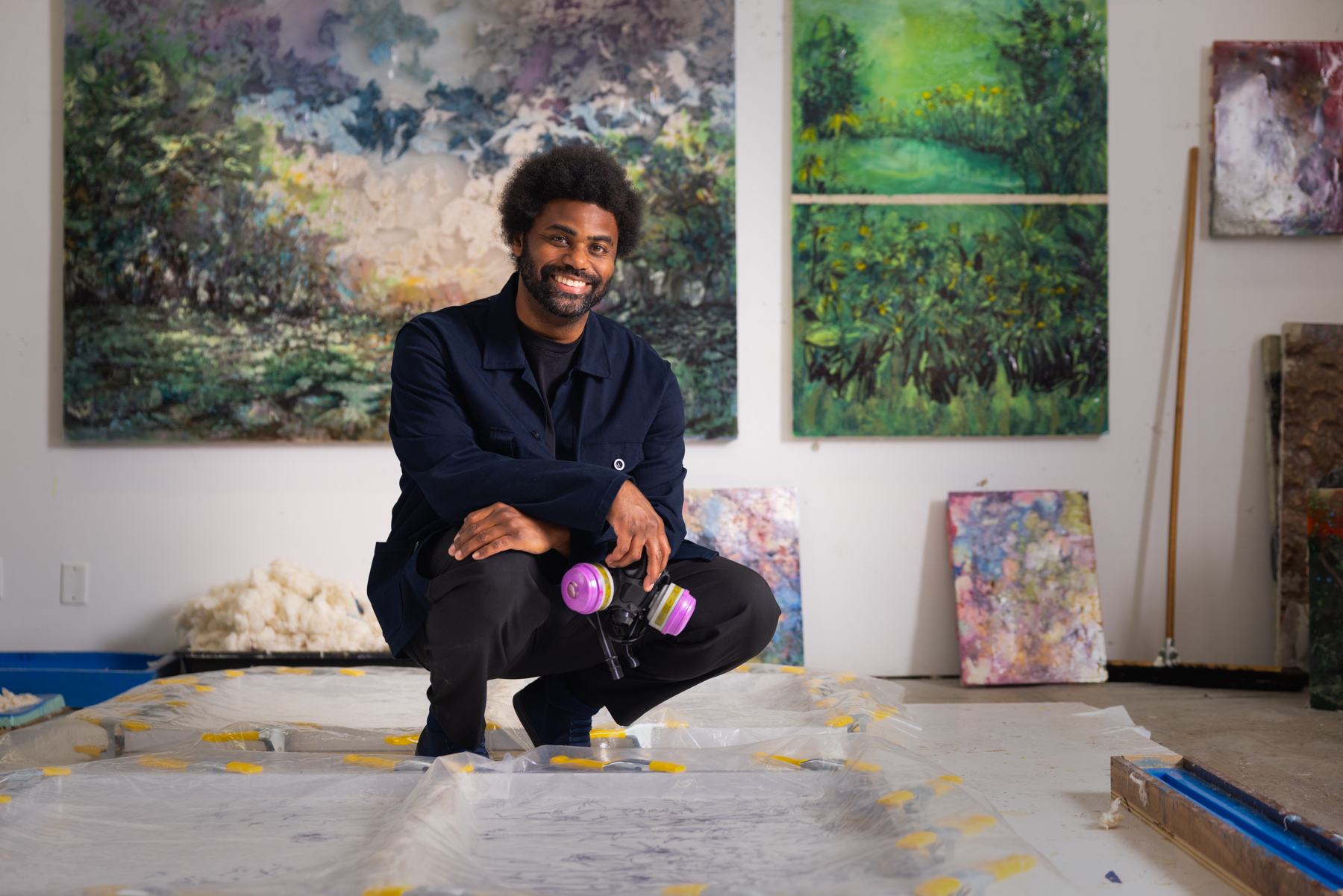.jpg)
Photo: Joshua Franzos
Kevin Beasley
Arts
28th Heinz Awards - 2023
Visual artist Kevin Beasley receives the Heinz Award for the Arts for works that cross sculpture, sound and performance, and are inspired by his personal experiences of grappling with history. Constructed with culturally relevant ephemera, materials and sounds to further activate the experience of the work, his installations engage multiple senses to address complex American histories that are steeped in our shared generational memories.
Mr. Beasley’s sculptures layer materials preserved in resin as “slabs” and arranged as landscapes and painterly abstract works, clothing suspended in the form of absent figures and satellite dishes that alter the acoustics of the spaces they occupy. Sound, a powerful and consistent tool in his practice, amplifies the physicality of his works, adding a tactile experience to his installations and performances through vibrations that are felt in the body as much as their sources are seen and their sounds heard. Together, these elements offer viewers a deeper way to contend with the stories within.
Noted works include, “Your face is/is not enough,” which incorporated audio clips from riots and protests, and riot gas masks covered with feathers and clothing items that were worn by performers. The exhibition, “A View of a Landscape,” connected his Virginia childhood home and the history of the cotton industry. Works included resin slabs of objects including Virginia-grown cotton, graduation caps, pinecones, du-rags and housedresses bought at a store in Harlem where his grandmother shopped. "A cotton gin motor," enclosed a restored 2,500-pound cotton gin motor, which had been in operation during the Civil Rights Movement, in a soundproof vitrine, its roar skillfully co-opted from the gallery and piped into a separate listening room.
“Yesterday we said tomorrow,” created for the Prospect.5 Triennial in New Orleans, became a social experiment in creating communal space, with Mr. Beasley purchasing land that had been vacant since Hurricane Katrina and transforming it into a community garden and neighborhood gathering space.
Videos
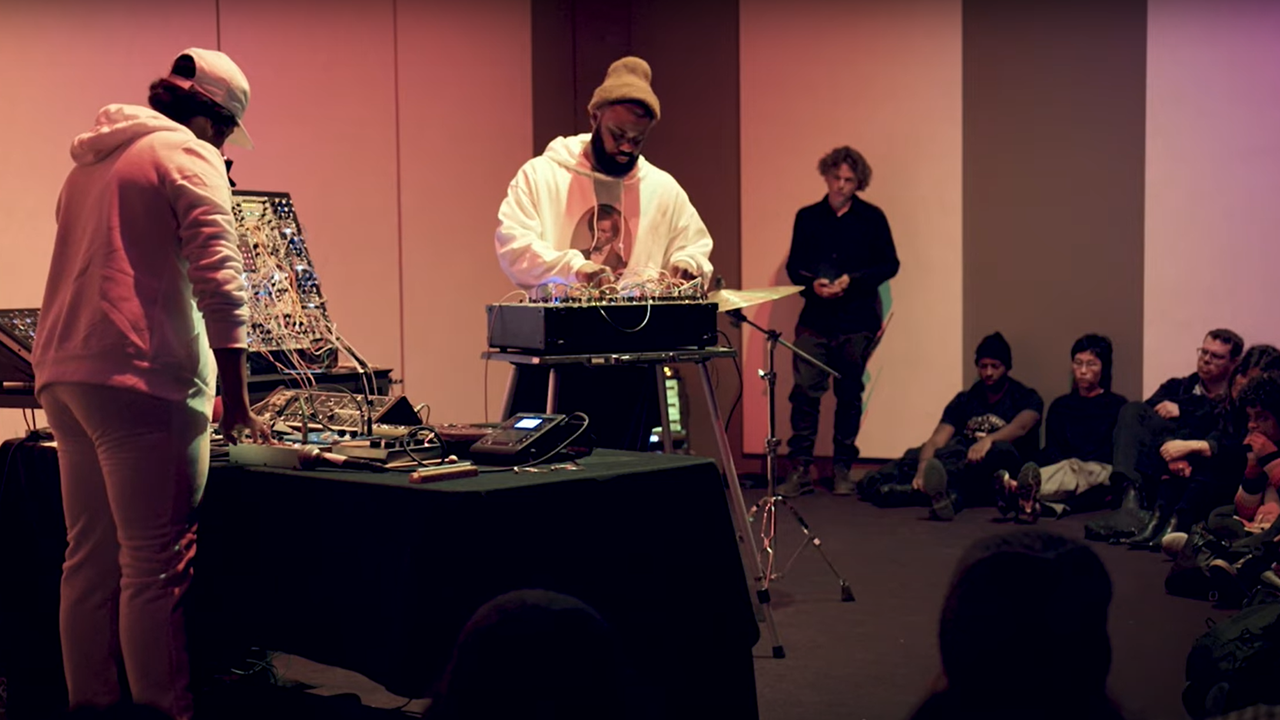
Kevin Beasley, artist grappling with history, generational memory & power in America – Heinz Awardee
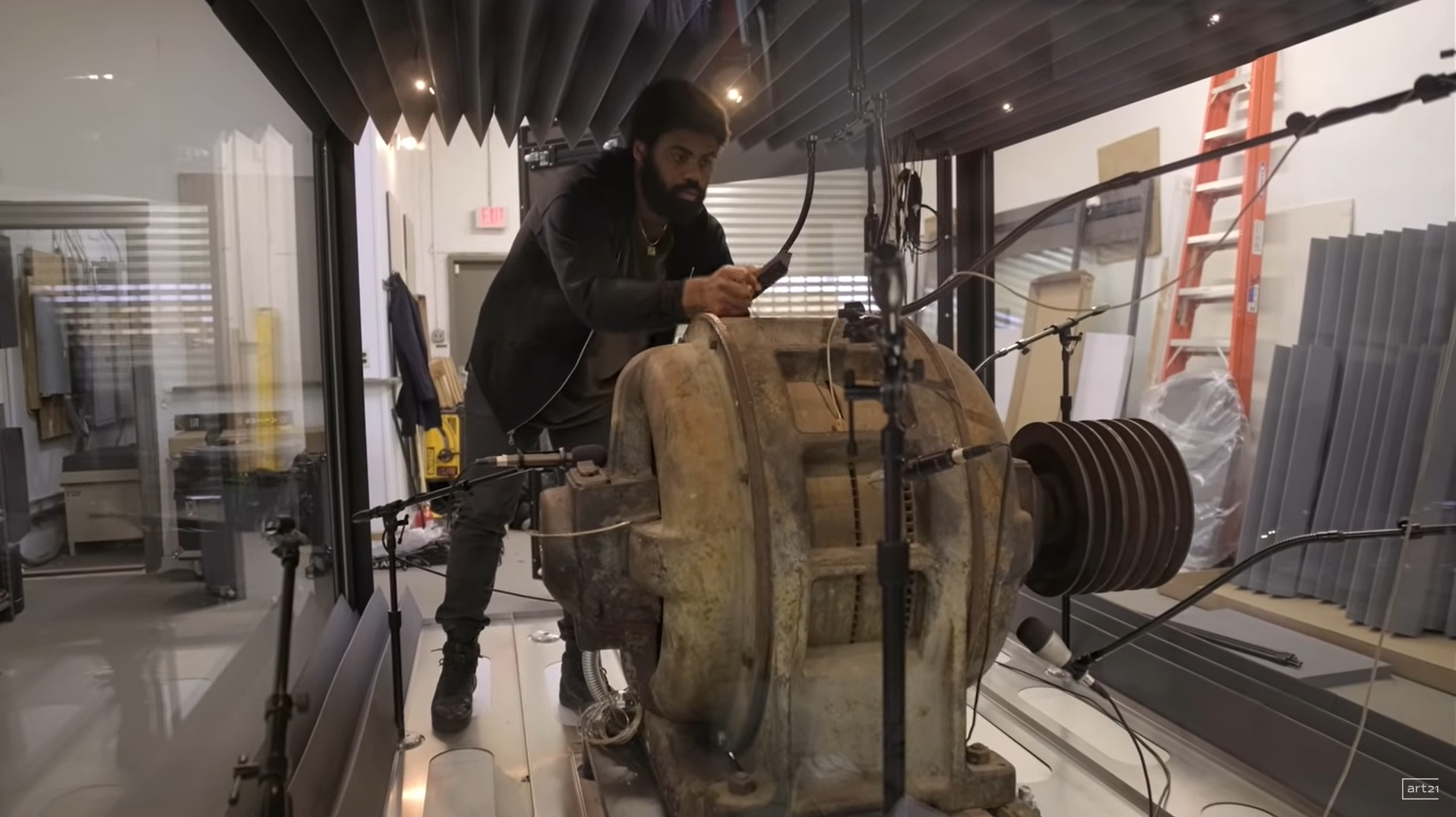
Kevin Beasley’s Raw Materials, Art21 "New York Close Up"
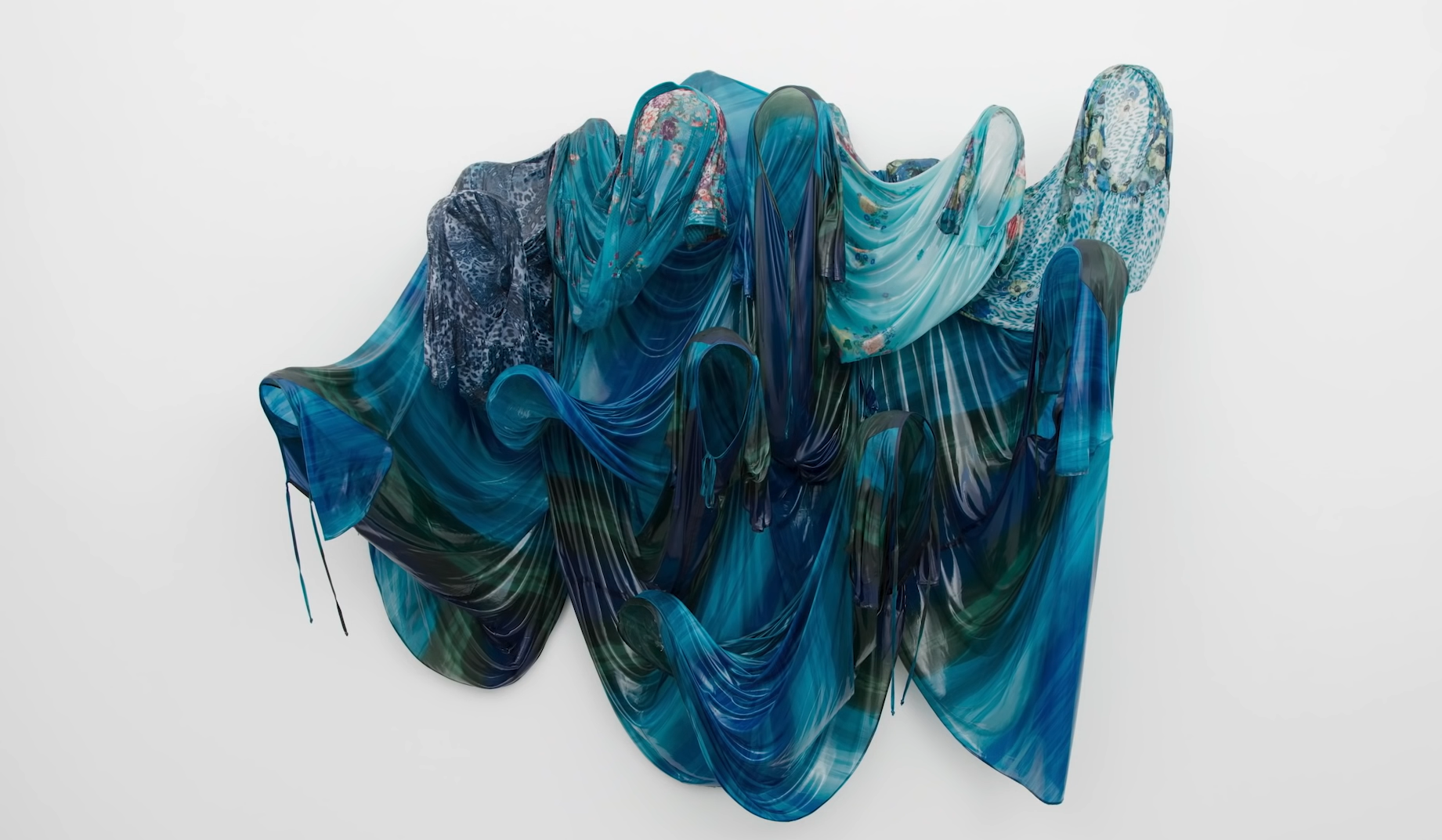

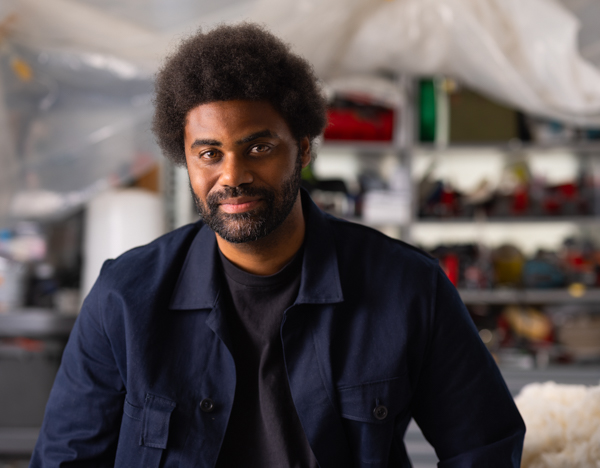.jpg)
